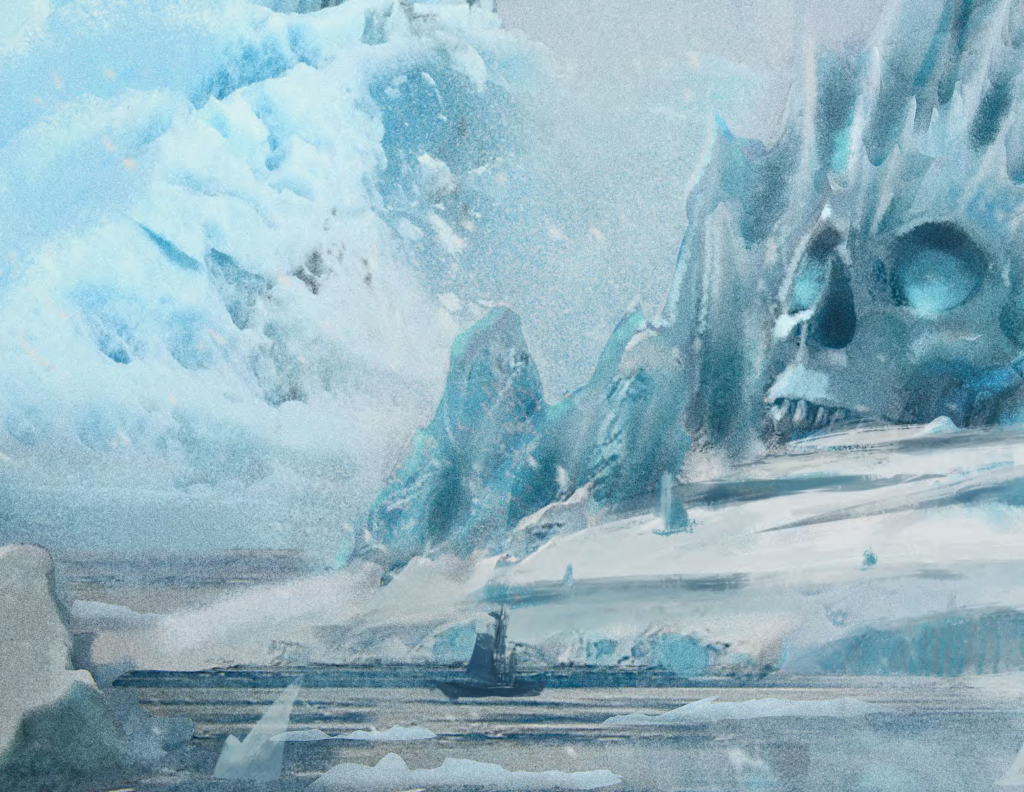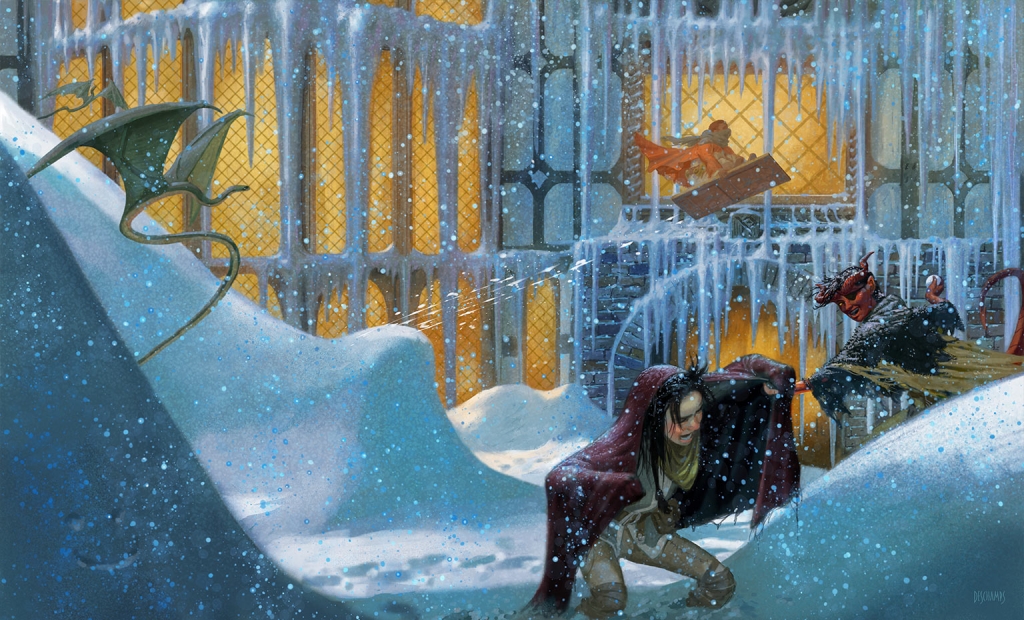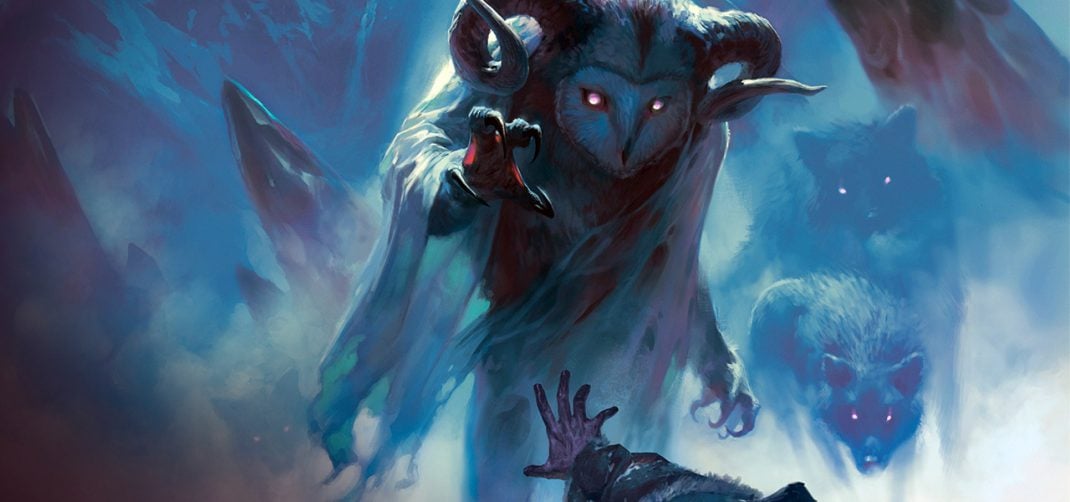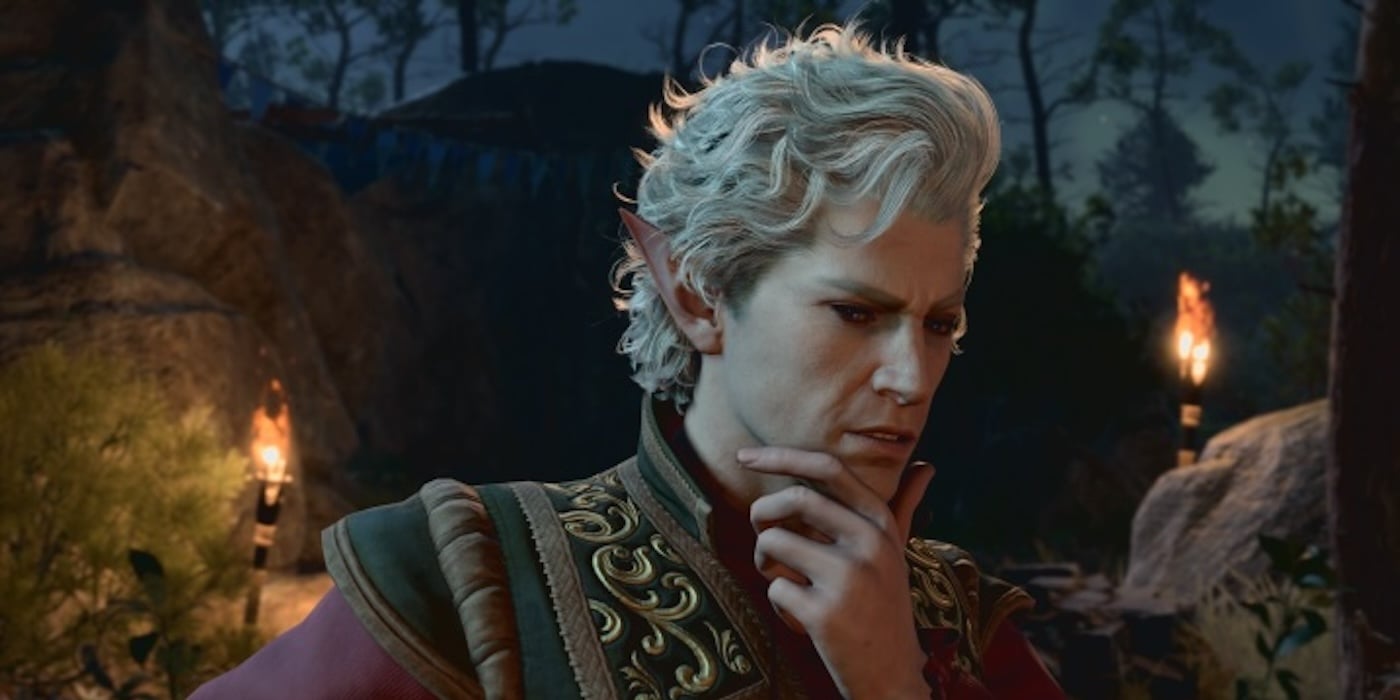D&D: An Adventurer’s Guide to Midwinter
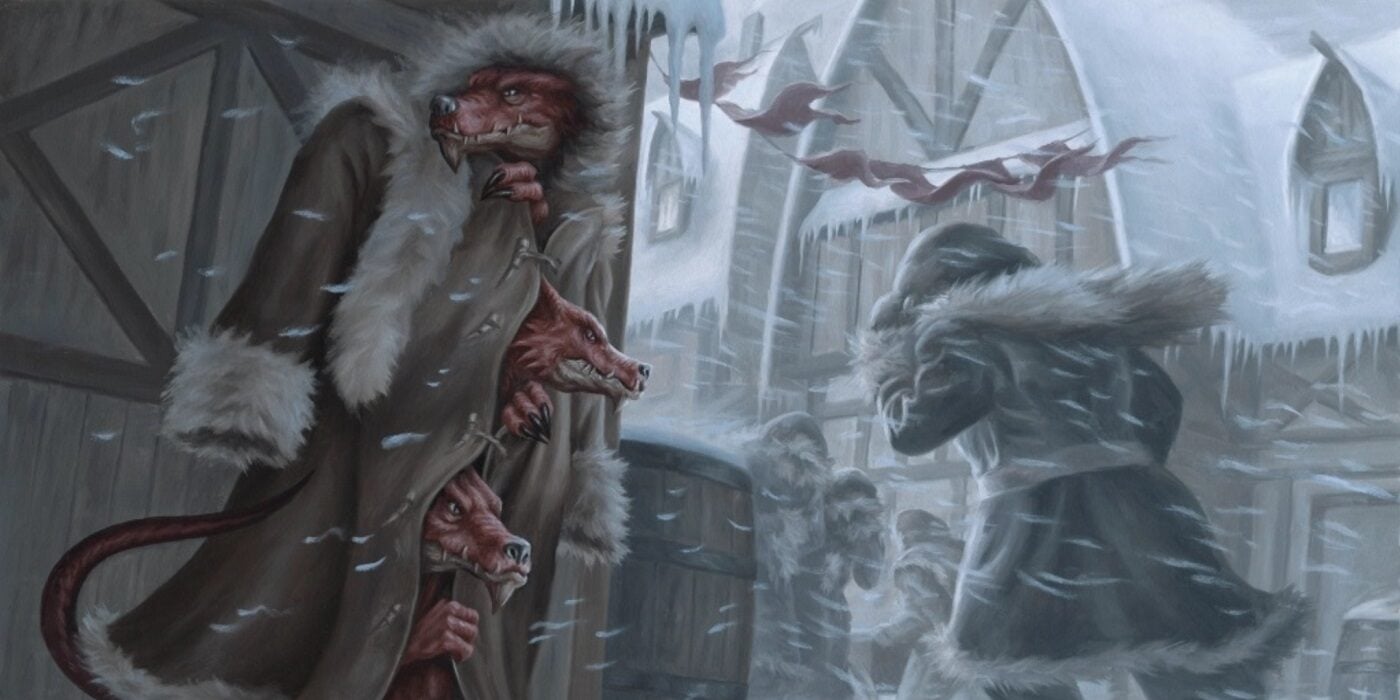
It’s the holiday season, even in Dungeons & Dragons. And no Faerunian holiday is as universally celebrated as Midwinter.
When it comes to the holidays in Faerun, there are… many. After all, Faerun is home to dozens of gods, each with their own days of rituals and holy ceremonies, and unusual foods. To say nothing of the individual cultures that have been influenced by these gods and the seasons themselves. And while they may disagree on many things, often violently, one thing that almost everyone can agree on is that Midwinter should be celebrated.
What is Midwinter?
In Faerun, Midwinter, sometimes called Deadwinter Day, was a festival to mark the midpoint of Winter in the current calendar. Nobles and monarchs typically refer to it as Midwinter, while the commoners tended to call it Deadwinter Day, grimly acknowledging the hardships of the coldest parts of the year while preparing festivities to celebrate living through another winter.
It was one of the few holidays to be celebrated throughout Faerun. Some religions revere the dawning of the Midwinter Sun. Others hold their space, for the long dark of Midwinter Night. Its celebration dates back to before the current calendar was founded. Before the wizard Harptos of Kaalinth divided the year into twelve months, each lasting three tendays (with five extra days between months), Faerunians were celebrating the turn of the season. But Harptos made it easy to identify it. With his five days that exist outside of months, came the marked observation of Midwinter, a day that occurred between Hammer 30, and Alturiak 1.
Traditionally this day was used to make or renew alliances. And many cultures celebrated this by giving gifts. But unsurprisingly, there were some rather curious celebrations throughout Faerun’s history…
Notable Celebrations and Festivities
On Midwinter Night, worshippers of Auril, goddess of winter, hold a festival of ice-dancing once the sun disappears.
Worshipers of the dwarven goddess Berronar Truesilver, the matriarch of the dwarven pantheon, on the other hand, observe the day with chanted prayers, speeches, and reports on the goings on of the dwarven community, all culminating in an underground festival. Presumably, only the best bands play at the underground festival, but you wouldn’t have heard of any of them.
Svirfneblin observe the Festival of the Star at midnight in Midwinter, proving that even in the Underdark of Faerun, the joy of Midwinter can be found. The Festival of the Star happens at midnight on Midwinter, when special phosphorescent fungi reflect like stars off of the subterranean waters.
Followers of warrior gods like Gorm Guthyn and the Red Knight also observe the day. Gormites take part in martial weapons displays and the gifting of weapons. While the Red Knights observe the Retreat to review campaigns and share gifts of strategic tomes and lore.
Even Shevarash, the elven deity of revenge marks the day. Her followers consider Midwinter Night the holiest of nights. Here they swear or renew oaths not to smile or laugh until Lolth and her pantheon are destroyed.
Meanwhile, Worshippers of friendlier deities like Shiallia, Lliira, and Grumbar celebrate with feasts and gifts and cover weapons with flowers.
Sacrifice in the Dead of Winter
Gargauth, former archdevil and Faerunian demigod of betrayal and political corruption has a different take on the holiday. Deadwinter Night is the Unveiling, a secretive rite observed with bloody sacrifices.
Speaking of sacrifices, Midwinter heralds the Night of Blood for those who follow the chaotic evil gnome god Urdlen, who appears as a vicious, enormous white mole.
And the Masked Lord’s Embrace awaits followers of Vhaeraun, who perform rituals of complete sensory deprivation that lead to new epiphanies.
Followers of Talos, on the other hand, call for winter storms and lightning to strike pretty much everywhere.
Even followers of Loviatar, the evil goddess of agony and pain observe Midwinter. The Rite of Pain and Purity sees followers gather in their most festive attire to dance in a circle barefoot upon broken glass and other sharp objects.
Whether you’re looking forward to the Rooting, or the Embrace, or the Night of Blood, may you have a Merry Midwinter.

